Understanding the roots of strategic thinking requires delving into history’s rich tapestry of military, cultural, and philosophical lessons. These lessons continue to influence contemporary decision-making processes, whether in business, defense, or leadership. By examining how ancient symbols, tactics, and cultural practices inform modern strategies, we can better appreciate the enduring power of history in shaping effective approaches today.
Table of Contents
- Introduction: The Interplay of History and Strategy in Modern Contexts
- Historical Foundations of Strategic Thinking
- From Ancient Tactics to Modern Strategies: Evolution and Continuity
- Maximus Multiplus as a Modern Strategic Framework
- The Power of Symbols and Morale in Strategy
- Designing for Flexibility and Resilience
- The Role of Dedication and Cultural Heritage in Strategic Success
- Non-Obvious Dimensions: Ethical and Philosophical Perspectives
- Future Implications: Learning from the Past to Innovate
- Conclusion: The Enduring Legacy of History in Shaping Effective Strategies
Introduction: The Interplay of History and Strategy in Modern Contexts
Historical insights are not mere relics of the past but vital tools in contemporary strategic thinking. Leaders and organizations draw upon centuries of lessons, recognizing patterns that inform current decisions. For example, ancient military symbols like the Roman eagle symbolize unity and authority, principles still relevant in modern branding and organizational culture. As a modern illustration of these timeless principles, Maximus Multiplus exemplifies how integrating historical wisdom can foster resilient and adaptive strategies in today’s fast-changing environments.
Historical Foundations of Strategic Thinking
The role of symbols and standards in ancient military success
Ancient armies often relied on powerful symbols to foster cohesion and morale. The Roman Aquila, or eagle, served as a national emblem on standards carried into battle, representing divine authority and unity. Such symbols functioned as rallying points, boosting soldier morale and intimidating opponents. Modern organizations frequently adopt symbols like logos or flags to inspire loyalty and a shared identity, echoing these ancient practices.
Design principles of ancient armor: balancing protection with agility
Ancient armor exemplified a careful balance: heavy protection was essential, yet excessive weight hindered mobility. Roman lorica segmentata combined segmented metal plates to offer both defense and flexibility. Today, these principles inform the design of modern protective gear and even corporate structures—emphasizing resilience without sacrificing agility, allowing organizations to adapt swiftly to changing environments.
The significance of trophies and dedications in ancient warfare and morale
Victory trophies, such as captives or sacred relics, served as tangible symbols of success and divine favor. They reinforced morale and justified the sacrifices made in battle. Contemporary tactics often incorporate symbolic gestures—awards, recognitions, and cultural rituals—to motivate teams and affirm strategic objectives, illustrating the continuity of morale-building through symbolism.
From Ancient Tactics to Modern Strategies: Evolution and Continuity
How ancient military practices inform today’s strategic planning
Many modern strategic frameworks trace their roots to ancient practices. For instance, the Roman emphasis on discipline and unified command parallels contemporary management hierarchies. The concept of terrain advantage, crucial in ancient warfare, is now applied in business location strategies and competitive positioning.
The adaptation of historical concepts—security, agility, symbolism—in contemporary scenarios
Modern organizations adapt these principles to navigate complex markets. Security protocols mirror ancient fortifications, while agility is embedded in flexible organizational structures. Symbolism remains vital, with corporate logos and branding serving as modern standards that foster identity and trust.
Case studies of modern organizations applying historical principles
| Organization | Historical Principle | Application |
|---|---|---|
| Apple Inc. | Symbolism & Branding | Use of iconic logo to unify users and motivate innovation |
| Military Units | Standards & Morale Symbols | Use of flags and insignia to boost cohesion and morale |
Maximus Multiplus as a Modern Strategic Framework
Concept overview: integrating historical insights into innovative strategy development
Maximus Multiplus exemplifies how ancient strategic principles can be reimagined for contemporary needs. It emphasizes the balance of strength and adaptability, drawing inspiration from historical military practices and cultural symbols. This framework encourages organizations to develop resilient strategies that are also flexible enough to respond to unforeseen challenges.
How Maximus Multiplus embodies the balance of strength and adaptability
By integrating core elements such as robust foundational structures combined with flexible operational tactics, Maximus Multiplus fosters resilience. It encourages organizations to maintain their core identity while evolving with environmental shifts—akin to ancient armor designed for protection yet allowing movement.
Practical applications of Maximus Multiplus in current business and military contexts
- Developing adaptive leadership models that incorporate historical lessons of resilience.
- Designing branding strategies that utilize powerful symbols to foster loyalty.
- Implementing flexible operational plans that can respond swiftly to market or battlefield changes.
The Power of Symbols and Morale in Strategy
The importance of symbols like the Roman eagle in fostering unity and motivation
Symbols serve as anchors for collective identity. The Roman eagle was not just a military standard but a symbol of divine favor and national pride. In modern organizations, symbols such as logos or mottos evoke similar feelings, uniting members around a shared purpose. Recognizing this, strategic branding leverages symbols to motivate teams and influence stakeholders.
Applying symbolic elements in modern branding, leadership, and organizational culture
Leaders use symbols to reinforce key messages—think of slogans, visual emblems, or even rituals. For example, sports teams rally around mascots or emblems that symbolize strength and resilience. These elements boost morale and foster a sense of belonging, which are crucial for strategic success.
Examples of modern organizations leveraging symbolism for strategic advantage
- NASA: Uses the iconic “meatball” insignia to symbolize exploration and innovation.
- Google: The use of colorful logos to convey creativity and approachability.
- Military units: Employ insignias and mottos to foster loyalty and identity.
Designing for Flexibility and Resilience
Lessons from Roman armor: designing systems that prioritize both protection and agility
Roman armor’s segmented design allowed soldiers to be protected while maintaining mobility on the battlefield. Modern systems—whether in cybersecurity, corporate structures, or military tactics—employ similar principles, creating layered defenses that are adaptable without becoming rigid or overly complex.
How modern strategies incorporate resilience inspired by historical adaptability
Organizations today adopt flexible frameworks like agile management or resilient supply chains, inspired by historical adaptability. These approaches enable quick responses to disruptions, much like ancient armies adjusted tactics based on terrain or enemy behavior.
Maximus Multiplus’s approach to flexible strategy implementation
Maximus Multiplus advocates for layered strategies that can be dynamically adjusted, emphasizing continuous learning and adaptation. This approach echoes historical lessons about resilience—balancing robustness with the agility to evolve.
The Role of Dedication and Cultural Heritage in Strategic Success
The significance of ancient trophies and religious dedications in morale and motivation
Victory trophies and religious dedications served as proof of divine favor and accomplishment, motivating soldiers and citizens alike. They reinforced the belief that sacrifices led to glory. Modern organizations incorporate cultural symbols and rituals—anniversaries, awards, or heritage celebrations—to sustain motivation and reinforce strategic commitments.
Incorporating cultural and historical heritage into modern strategic narratives
Organizations that embed their cultural heritage into their identity often foster stronger loyalty. For example, companies with long histories leverage their origins to build narratives emphasizing resilience, innovation, and commitment—elements vital for strategic success.
Case examples of organizations using cultural symbols to reinforce strategic goals
- Ford Motor Company: Celebrates its heritage through the Ford Mustang emblem, symbolizing innovation and performance.
- UNESCO: Preserves cultural heritage sites, emphasizing the importance of cultural identity in global strategy.
Non-Obvious Dimensions: Ethical and Philosophical Perspectives
Ethical considerations of using historical symbols and practices in modern strategy
While drawing on history offers valuable lessons, it raises ethical questions about cultural appropriation or misrepresentation. Responsible use involves respecting origins and ensuring symbols are employed to promote positive values, avoiding misinterpretation or misuse that could harm cultural sensitivities.
Philosophical reflections on the continuity of human ingenuity and strategic thought
Throughout history, human ingenuity has persisted, adapting old ideas to new contexts. The philosophical underpinning is that strategies evolve but are rooted in fundamental human drives—security, recognition, community—which remain constant over centuries. Recognizing this continuity fosters a deeper appreciation of strategic innovation.
How Maximus Multiplus aligns with and diverges from historical ethical frameworks
Maximus Multiplus embraces the ethical dimensions of strategic resilience and adaptive leadership. It emphasizes responsible innovation, balancing strength with moral considerations, and respecting cultural symbols’ significance. This approach ensures that modern strategies honor their historical roots while promoting ethical integrity.
Future Implications: Learning from the Past to Innovate
Anticipating future strategies through historical patterns and lessons
Analyzing historical cycles reveals patterns—such as rise and fall of civilizations—that can inform future strategic planning. Recognizing these patterns allows organizations to anticipate challenges and opportunities, fostering proactive rather than reactive strategies.
The potential evolution of Maximus Multiplus-inspired strategies in emerging fields
Fields like artificial intelligence, space exploration, and renewable energy can benefit from the resilient, adaptable principles exemplified by Maximus Multiplus. Integrating historical insights with technological innovation paves the way for sustainable and forward-thinking strategies.
Encouraging a mindset of continuous learning from history for strategic innovation
Organizations should cultivate a culture of historical awareness, regularly analyzing past successes and failures to refine strategies. This mindset fosters innovation grounded in proven principles, ensuring


